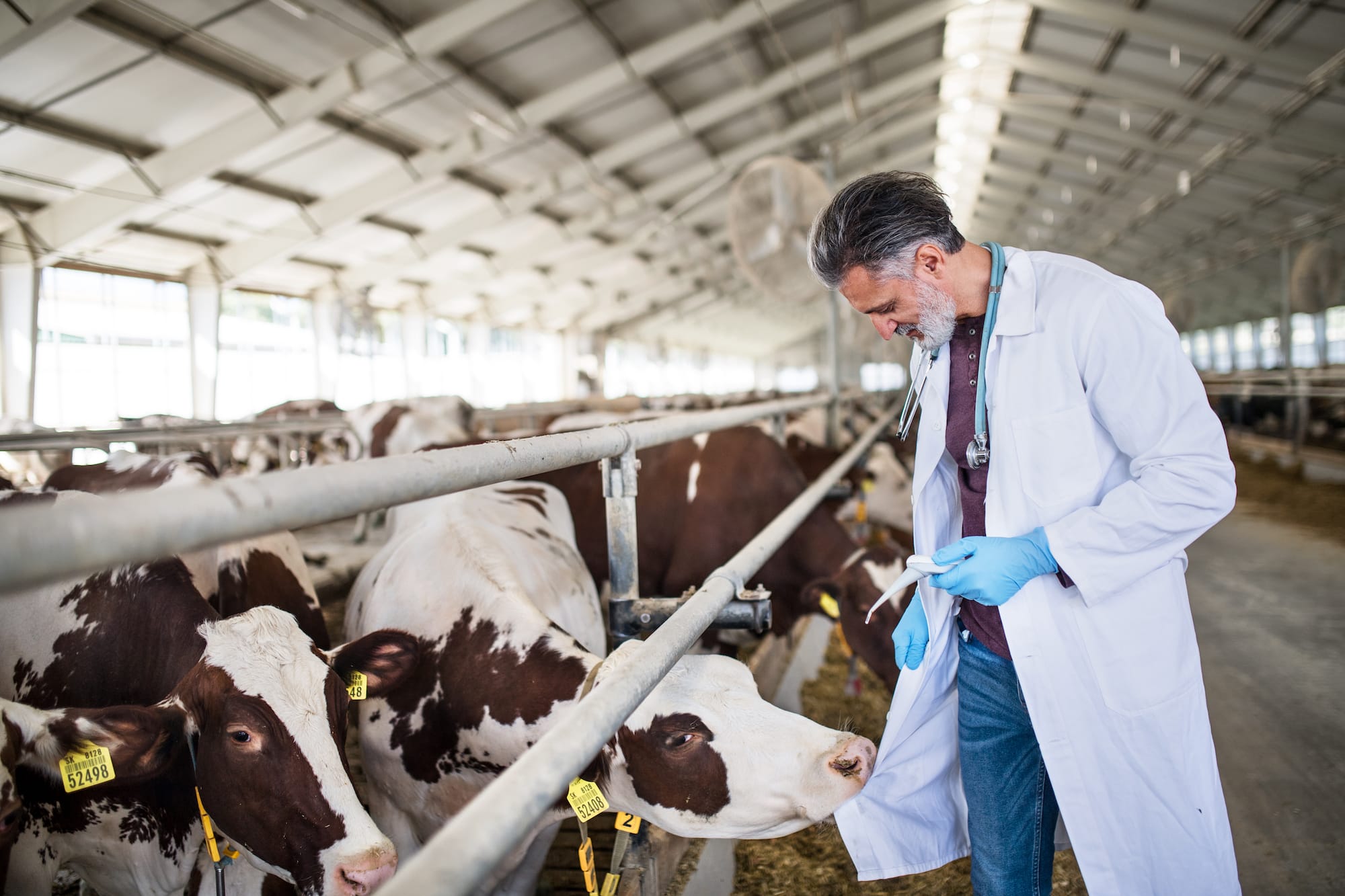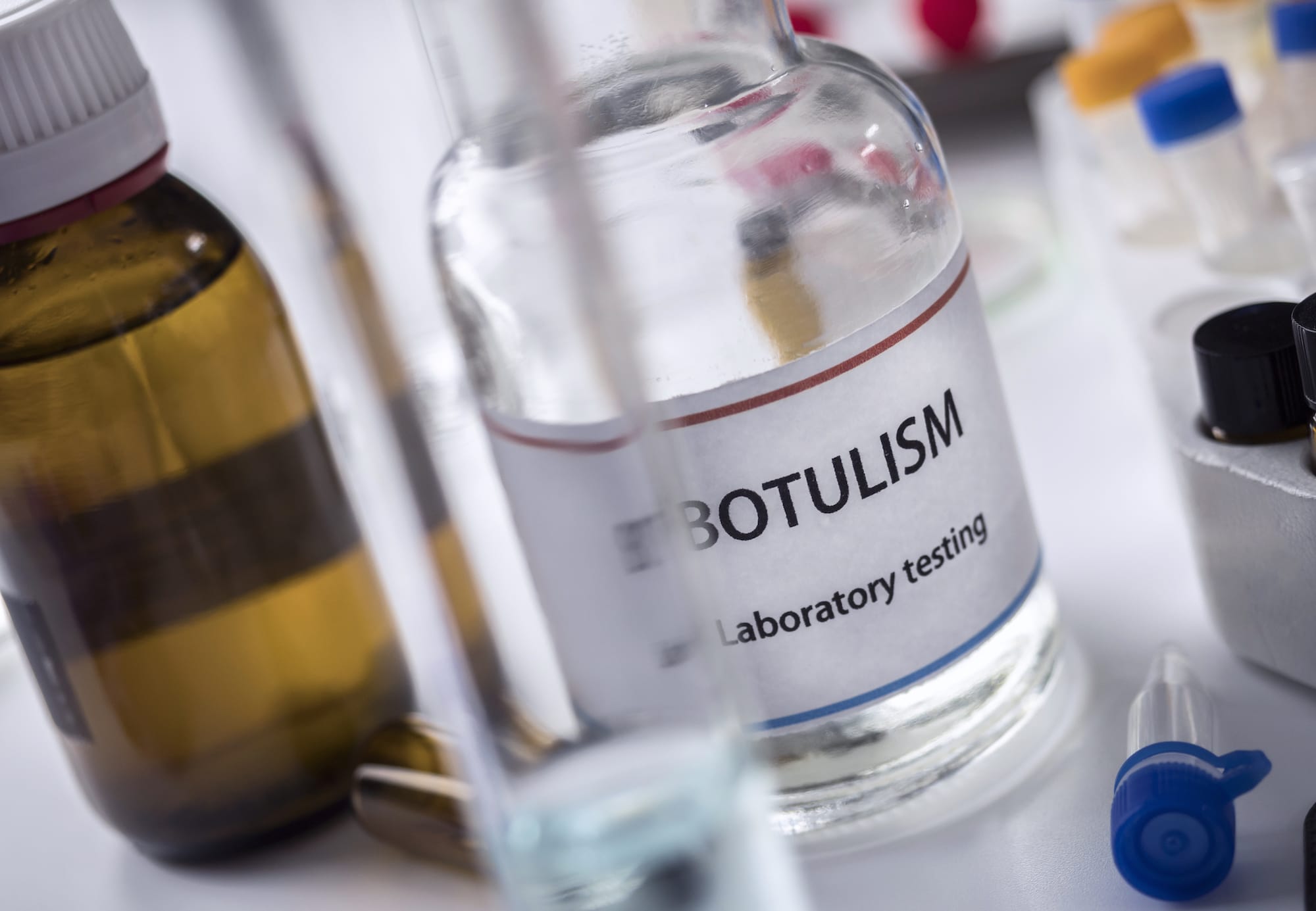Article Summary:
Diseases in summer can sneak up on your herd and really cause a lot of illness. The main thing you can do is understand some of the main culprits. Next, get a good understanding of the symptoms, prevention and treatment of the common diseases that can affect your livestock. They are, Bloat, Pinkey, Warts, and Botulism.
So, temperatures are soaring! Summer is already here and cool cows are already feeling the heat of the day. Though heat stress is not the only thing on a cow’s plate, there are other summer diseases to watch out for as well.
Cows are also looking forward to modelling in and cat-walking the various summer shows, fairs, and exhibitions. Well, this brings the responsibility of rearing a happy and healthy cow to you, dear farmer. There is so much to gain from healthy cows so better keep the summer diseases out. Prevention is the best cure, however, early diagnosis and timely treatment are equally important.
Particularly in cattle, daily monitoring to detect any signs of summer diseases is critical. There are various diseases your cows may conceive, let’s talk about four that are prevalent in hot summers;
We will discuss the causes, symptoms, treatment, and prevention strategies of the above-mentioned diseases. Let’s roll up the sleeves and get started.
1. Bloat
Bloat in cows is very common in summers as cows graze on young green alfalfa and clover. It is a form of indigestion. The digestive process in cows creates gases in the rumen. Now, these gases are eliminated by belching. Bloating occurs if there is an interruption in the elimination of these gases.

What factors cause bloating?
Bloating can be caused by more than one factor. To list some;
- Acidosis or grain poisoning
- Some specific proteins in forage
- Amount, rate of consumption, and crude fibre
- Grain size, content, and quantity
- As a reaction to host-parasite
- genetic tendency to bloating
- A change in diet
The good thing about bloat is that it's not contagious and the bad news is that if one cow is bloated, there is a high chance that others are also suffering from bloat given they are managed under the same management conditions.
What are the symptoms of bloat?
Just like bloating causes discomfort, pain, and gas in us humans, cows go through similar pain. The difference is, cows cannot speak how much pain they are in but they expect you to know that already!
Following are the symptoms to observe for bloating in cows;
- The apparent sign is the bridge between the hip and the last rib
- The entire abdomen enlarges on both sides of the cow as gas pressure builds up
- Difficulty breathing
- Pain and distress expressed by stomping
How to prevent bloat?
Since the most common reason for bloating is feeds like alfalfa, clover, wheat, etc. Avoiding high quantities of these feeds along with fibre can prevent bloating. One way is to restrict the grazing time, another is to grow a mix of grasses. Both ways decrease the intake of green pasture consumption like alfalfa or clover.
Management can also use anti-bloating medicines after consulting a veterinarian.
How to treat bloat?
Well, now we are past the prevention stage. Our goal is early detection and treatment before things go out of hooves.
The purpose of treating bloating is to decelerate fermentation in the rumen and help the cow relieve the accumulated gas. Bloating is treated based on severity level. In serious conditions, relieving the gas pressure as quickly as possible is crucial.
In emergency treatment, veterinarians may use oral doses of mineral oil, inserting a tube/pipe into the rumen to release the gas. These methods require expertise and are best carried out under the supervision of trained personnel. We recommend consulting a veterinarian.
2. Pinkeye
Just like the name suggests, pink eye is an eye infection that affects the cows in summers.
Summer does not just bring direct sun rays, there are also brandishing clusters of flies to watch out for. These flies spread bacterium (infectious bovine kerato-conjunctivitis) that causes inflammation in cows’ eyes. Pinkeye is not only contagious, it’s also zoonotic (it can spread from animals to humans). In worse cases, it can permanently blind one or both eyes of the animal.

What are the symptoms of Pinkeye?
- A clear discharge runs down from the affected eye
- Eye appears red
- Eye may bulge
- A white spot appears in the eye and may remain if the eye does not completely heal
- Affected eyes develop sensitivity to bright light
How to prevent pink eye?
Let me restate, pinkeye is contagious!
So first, separate the infected ones from healthy ones.
Flies are responsible for pinkeye spread, using all sorts of options to get rid of flies. Spraying, dusting the cows and calves’ pens with sprays to keep the flies dead or away is better.
Eliminate the feeding and breeding grounds of flies; manure, faeces, dead animals.
Also, be very cautious around infected cows, pinkeye is zoonotic. Wash your hands frequently and do not touch your eyes.
How to treat pink eye?
Separate the affected cows in a darkened pen. Make sure they get a good feed and plenty of water. Consult a veterinarian and use antibiotics on infected eyes. Severe cases may require more treatment. Stay in touch with a veterinarian.
3. Warts
Warts are viral infections caused by bovine papillomatosis. Warts can spread among other animals from the infected one. Warts, however, are not zoonotic. They usually appear as raised hairless lesions on the neck and shoulders of cows but may appear on other parts of the body as well. Heifers are more prone to becoming infected with warts.
Wart symptoms to watch out for
This skin infection causes the growth on the skin that looks like cauliflower. Warts can be small and big in size. If not treated in time, they can spread fast and grow large enough to chip off on their own. This condition leads to open wounds that can become infected.
Strategies for preventing warts
Since young cows are more susceptible to becoming infected, vaccinating them is an easy option. These vaccines prepare the animal’s immune system to fight off the papillomatosis virus. Furthermore, keep a watchful eye on heifers and if any heifer becomes infected, separate it from healthy ones to avoid the spread.
How to treat warts?
If your beauty got warts, it's only natural to get her treatment before showing her off in an exhibition. Think about it, your heifer might be feeling down if its skin is tainted with hideous-looking pimples. Warts that are small in size usually go away on their own in 2-3 months as animals develop an immune response to the virus. In serious cases when warts size is huge, they can be treated by;
- Tying the base of the wart using a ligature,
- Removing them surgically,
- Using wart ointment.
It is recommended to check your animals every day and if warts are detected, consult a specialist or expert just to ensure warts are treated in time.
4. Botulism in cattle
Botulism is a fatal disease caused by toxins produced by the bacterium clostridium botulinum. This bacterium is usually found in soil, water, marine sediments, and in the intestinal tract of healthy animals like horses, cattle, and chickens. Unlike other diseases, botulism is not caused by the intake of bacterium, but by the consumption of toxins produced by the bacterium.
These toxins are present in rotting carcasses, decaying organic materials, and poorly prepared silage. Botulism can also affect humans.

What causes botulism?
This bacteria produces a range of toxins namely; A, B, C, D, E, F, G. Botulism in cows occurs throughout Australia. In Western Australia and the southern hemisphere, types C and D are prevalent. There are several causes that lead to botulism outbreaks.
- Cows deficient in protein and phosphorus tend to chew bones of decaying carcasses. The phenomenon is common in the north of West Australia and is observed in the dry season.
- Poor and unhealthy management leading to contamination of feed by botulinum toxin present in deceased animals can also lead to an outbreak.
- Silage that has not reached pH level of 4.5 or less may contain botulinum toxin. Feeding such silage can lead to outbreaks of botulism.
What are the symptoms of botulism?
Botulinum toxin is exceedingly powerful, if ingested even the minute dose proves to be deadly. It can infest cattle of all ages. Signs to observe are muscular weakness and paralysis leading to collapse. Infected cows may exhibit a lack of coordination in movement, stumbling while walking, paralysis of hindlegs or tail which progresses towards the head, paralysis of face, jaw, and tongue. The cow may lose control over the tongue and become unable to eat or drink. Paralysis of eyelids, shallow breathing and eventually sudden death!
Botulism is extremely potent, with a lower toxin dose it develops within 7-20 days. If a high dose of the toxin was ingested, botulism will develop in 12-24 hours!
How to prevent botulism?
Vaccinating cows for type C and D is the safest route. Careful and healthy management practices, removing the carcasses from farmland is of the essence. Practising good silage making and checking for adequate acidity can prevent botulinum toxin from entering through cow feed.
How to treat botulism?
In most cases, botulism is deadly. However, early diagnosis of mildly affected cows leading to emergency treatment may prevent death. In the case of botulism, it cannot be stressed enough that prevention from botulism is the best cure. Testing cow feed and pasture for the source of toxin is crucial. Botulism has a high fatality rate in unvaccinated cows. Contact your veterinarian for careful investigation as many other cow diseases; ketosis, milk fever ephemeral fever etc. may look like botulism.
Many diseases occur in summers, good practice is to carry out regular checkups and observe for any irregular signs. Cleanliness of the farm and disposing of dead animals is key to keeping many diseases outside your lovely farm. Well, protect your farm and yourself from catching any diseases in summer.
Until we meet again, Healthy Farming!
- The Dedicated Team of Pasture.io, 2021-12-15